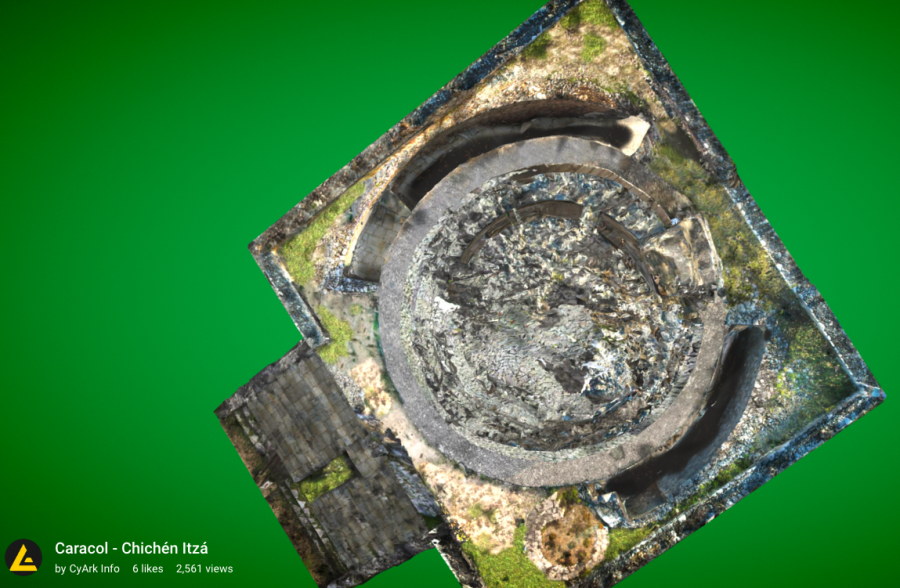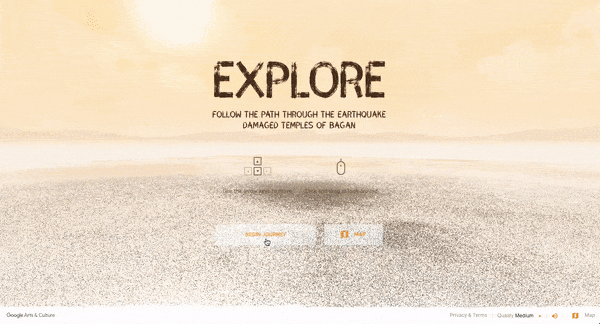The history of research on psychedelic drugs is so sensational that more sober-minded experiments (so to speak) often get obscured by the hip, the weird, and the nefarious, the latter including secret CIA and Army testing of LSD and other drugs as a means of psychological warfare and “enhanced interrogation.” These experiments inadvertently led to Ken Kesey’s infamous “Acid Tests” in Northern California. On the other side of the country, Harvard psychologist Timothy Leary used questionable methods in his psilocybin experiments with prisoners and students, before getting fired and going on to expand the mind of the counterculture, earning the distinction of having Richard Nixon call him “the most dangerous man in America.”
Meanwhile, working in relative obscurity in very different circumstances in the late 50s, a UC Irvine psychiatrist named Oscar Janiger brought volunteer subjects, including several dozen artists, to a house outside L.A., where they were given LSD and psychotherapy. Janiger’s work has its sensational side—a cousin of Allen Ginsberg, he reportedly introduced Cary Grant, Anais Nin, Jack Nicholson, and Aldous Huxley to acid. But his primary achievement, in data that remained mostly unpublished during his lifetime, were his discoveries of the therapeutic and creative use of psychedelic drugs under controlled conditions with subjects who were prepared for the experience and guided through it by trained professionals.
The experiments conducted by Janiger and others differed markedly from the freewheeling recreational drug use of the counterculture and the weaponization of psychedelics by the U.S. government. In recent years, scientists and psychologists have conducted similar kinds of research under even more tightly controlled conditions, substantiating and expanding on the conclusions of early experimenters who found that psychedelics seem remarkably effective in treating depression, anxiety, alcoholism, drug addiction, and other stubbornly destructive human ills. This research supports with sound evidence LSD inventor Albert Hoffman’s description of his drug as “medicine for the soul.”
While research organizations like MAPS (Multidisciplinary Association for Psychedelic Studies) have centralized and promoted much of the current research, it’s now getting a huge popular boost from none other than food writer Michael Pollan, bestselling author of books like The Omnivore’s Dilemma and In Defense of Food. “A self-described ‘reluctant psychonaut,’” writes NPR, Pollan submitted himself as a test subject for experiments with “LSD, psilocybin and 5‑MeO-DMT, a substance in the venom of the Sonoran Desert toad.” He has described his experiences and the work of the research community in a new book titled How to Change Your Mind: What the New Science of Psychedelics Teaches Us About Consciousness, Dying, Addiction, Depression, and Transcendence.
At the top of the post, see Pollan describe the book in a short video from Penguin. He discusses such ancient ideas (as he has in past writings) of psychoactive drugs as “entheagens”—or chemical conduits to the divine. “In the Darwinian sense,” he says, the evolutionary purpose of psychedelic experiences may be an increase in cognitive variety and the stimulation of “more metaphors, more insights.” In his Fresh Air interview above, Pollan further explains how this works therapeutically. “One of the things our mind does is tell stories about ourselves,” he says. “If you’re depressed, you’re being told a story perhaps that you’re worthless, that no one could possibly love you… that life will not get better.”
“These stories,” Pollan says, “trap us in these ruminative loops that are very hard to get out of. They’re very destructive patterns of thought.” Psychedelic drugs “disable for a period of time the part of the brain where the self talks to itself. It’s called the default mode network, and it’s a group of structures that connect parts of the cortex — the evolutionarily most recent part of the brain — to deeper levels where emotion and memory reside.” Disrupting old narratives helps people to write better, healthier stories.
As Pollan says in the Time video above, psychedelics have been popularly conceived as drugs that make you crazy—and in some cases, that happens. But they are also “drugs that can make you sane, or more sane.” One of the major differences between one outcome and the other is the conditions under which the drug is taken. When quality and dosage of the drugs are controlled, and when subjects are prepared for “bad trips” with specific instructions, even frightening hallucinations can contribute to better mental health.
In his psilocybin experiment, for example, Pollan was accompanied by two “guides” and given “a set of ‘flight instructions,” including what to do if you see a monster.
…don’t try to run away. Walk right up to it, plant your feet and say, “What do you have to teach me? What are you doing in my mind?” And if you do that, according to the flight instructions, your fear will morph into something much more positive very quickly.
In another example, another psylocybin subject, Alana, describes in the Vox video below her guided experience with the drug during a smoking cessation trial at Johns Hopkins. “There were scary parts, foreboding parts,” she says, but thanks to controlled conditions and the reassuring presence of a guide, “I always knew there was joy and peace on the other side of it. It was freeing.”
Using psychedelics to confront and conquer fears goes back many thousands of years in traditional societies. Modern technological culture has largely turned to antidepressants and other pharmaceuticals to regulate anxiety, but as Pollan points out, “Prozac doesn’t help when you’re confronting mortality,” the deepest, most universal fear of all. But psychedelics—as Aldous Huxley found when he took LSD on his deathbed—can “occasion an experience in people—a mystical experience—that somehow makes it easier to let go.” Surely, there are other ways to do so. In any case, psychedelic drugs seem so beneficial to psychological well-being that they can be, and hopefully will be in the future, used to positively (responsibly) shift the consciousness and creative potential of millions of suffering people.
For more on this subject, read Pollan’s latest book–How to Change Your Mind: What the New Science of Psychedelics Teaches Us About Consciousness, Dying, Addiction, Depression, and Transcendence.
Related Content:
Aldous Huxley’s Most Beautiful, LSD-Assisted Death: A Letter from His Widow
Ken Kesey Talks About the Meaning of the Acid Tests
Josh Jones is a writer and musician based in Durham, NC. Follow him at @jdmagness







